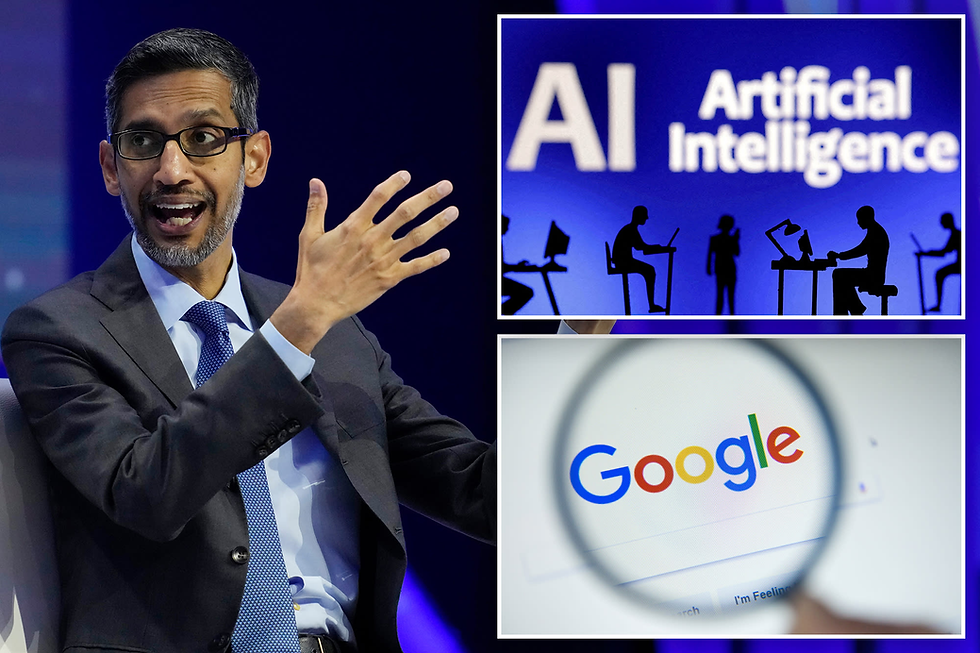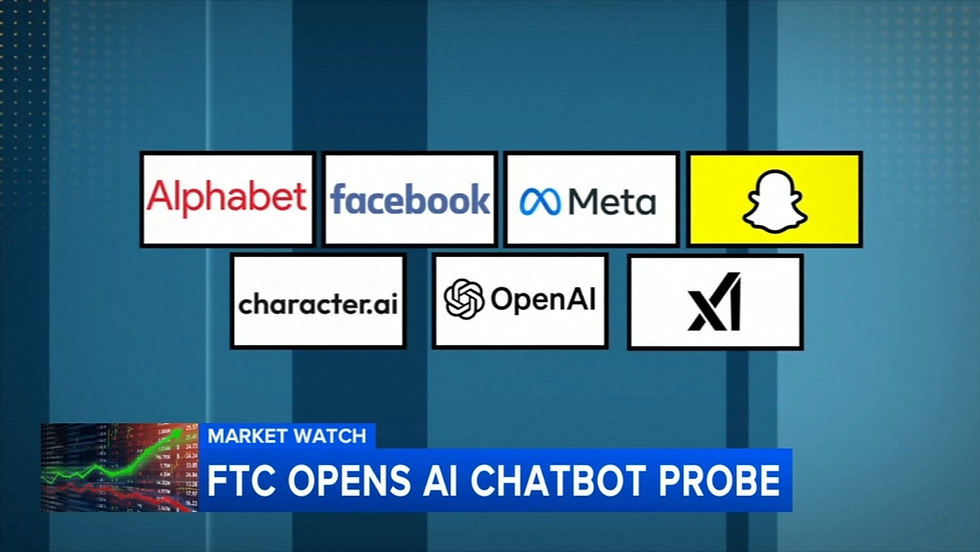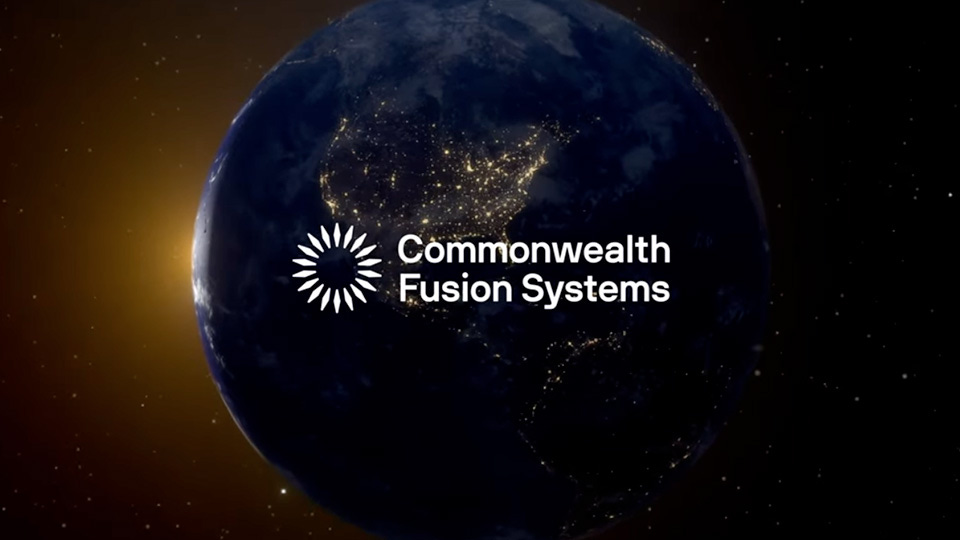Google Admits Open Web Decline Amid Publisher Backlash Over AI Content Use
- Ethan Carter

- Sep 15
- 10 min read

Google's admission and why the open web matters
What Google said and why readers should care
Google publicly acknowledged that the "open web" is in decline and warned publishers they may be at risk amid rapid expansion of AI-driven features. The phrase "open web" usually refers to the network of freely accessible websites and services that rely on links, referrals and ad-supported models rather than walled gardens or closed platforms. When big search engines change how they display answers, that entire ecosystem is exposed.
Why this matters beyond industry headlines: many newsrooms, independent sites and niche publishers still depend on referral traffic from search engines to earn ad revenue, grow subscriptions, or build audiences. If more users get complete answers inside search results instead of clicking through, referral volumes fall — and with them the business models that fund reporting and specialist content.
Key takeaway: the technical choices search engines make about what appears in the Search Engine Results Page (SERP) can have outsized economic and civic effects, shaping which stories get funded, amplified, or discovered.
Feature breakdown: Google AI Overviews — what the feature does and where it appears
How AI Overviews work in search results
AI Overviews generate multi-source summaries of web content directly in the search results, aiming to answer queries without requiring a click-through to original pages. In practice, an Overview often appears in prime SERP real estate above the organic results, offering a short synthesized paragraph that aggregates reporting, explainers and other content fragments into a single, coherent answer. The module usually includes links to the sources it used, but the user-facing experience is designed to resolve the query on the spot.
This is not merely a cosmetic change: by taking what would previously have been a link into a synthesized narrative, Overviews alter the incentive to click. Where a featured snippet or a simple meta-description gave a single source a clear route to a pageview, an AI Overview attempts to return a richer, multi-sourced answer inside the SERP itself.
Industry coverage and publisher statements indicate Overviews pull from third-party reporting, which has prompted complaints that the summaries reuse original journalism without delivering comparable traffic or revenue back to the creators. Google’s rollout of these features accelerated through 2024 and 2025, and multiple outlets have linked that timing to measurable shifts in search referral behavior.
Key elements of AI Overviews
Summarization: Overviews condense multiple sources into a single narrative crafted to answer the user's question quickly, which shifts the SERP from a directory to a destination.
Attribution: Overviews typically include cited source links, but publishers report those links do not restore the click volumes the original pages once received.
Query scope: The feature is optimized for informational queries — explainer questions, timelines, how-tos and other searches where synthesized context is especially valuable.
Automation scale: Designed to operate at web scale, Overviews are generated algorithmically with little direct publisher input, increasing the frequency with which aggregated content appears without explicit licensing or negotiation.
Bold takeaway: AI Overviews change the bargaining relationship between search platforms and content creators by converting discoverability into in-place answers.
Performance metrics: AI Overviews and publisher traffic decline

Data linking Overviews to downward trends in referrals
Several trade bodies and analytics firms have documented measurable declines in publisher referral traffic coinciding with the rollout of AI Overviews. Digital Content Next reported on patterns suggesting Google's AI push hurts publisher traffic, while industry writeups have aggregated publisher panels showing visible drops in sessions from search after Overview exposure increased.
Market snapshots and aggregated datasets compiled by research services indicate the effect is broad: declines are not limited to a handful of outlets but can be seen across national and regional publishers that traditionally relied on search referrals. A Statista analysis quantified shifts in search-originated visits that correlate with increased Overview placements, and independent studies summarized in trade media and special reports corroborate the trend.
Researchers and publisher analytics teams typically measure impacts using click‑through rates (CTR) from SERPs, session counts from search referrals, and downstream ad- or subscription-revenue estimates. When Overviews satisfy queries on the SERP, the CTR declines; fewer clicks mean fewer pageviews, fewer ad impressions, and a smaller pool of potential subscribers exposed to conversion messaging.
Insight: traffic loss is not only an immediate drop in numbers — it compounds. Fewer daily sessions reduce the visibility of evergreen content, weaken audience signals for personalization, and can slow subscriber growth trajectories that many outlets rely upon for sustainability.
Empirical studies and methodology
Academic and independent papers have sought to provide rigorous assessments. Studies published in communication and technology journals used panel traffic data, controlled comparisons and statistical tests to associate the timing of Overview rollouts with drops in click-through and session counts. Frontiers in Communication published an analysis that reported statistically significant impacts on publisher referrals tied to generative-AI features in search. Similarly, tech research outlets summarized work that used both publisher-provided analytics and third-party panels to detect sustained declines following Overview expansion noted in market coverage.
Researchers caution about equating correlation with direct causation: user behavior can be influenced by many factors, including changes in demand, seasonality, or other product changes. Still, when multiple independent datasets and methodologies point in the same direction, the evidence for a material behavioral shift grows stronger.
Bold takeaway: while studies note methodological caveats, the preponderance of evidence suggests AI Overviews materially reduce click-throughs and have measurable downstream effects on publisher revenue.
Rollout, eligibility, and Google's content-use policy for AI Overviews

Timeline and targeting logic behind Overviews
Google expanded AI Overviews broadly through 2024–2025 as part of an accelerated push to integrate generative AI across search. Eligibility appears to be driven by query intent: informational queries are more likely to trigger an Overview because the product is designed to synthesize background, context and key facts rather than route users to a single authoritative page.
The internal signals that determine when an Overview appears are proprietary, but industry reporting describes a mix of relevance scoring, source diversity checks and content-availability heuristics. The upshot is that Overviews are applied at scale and dynamically, which makes it difficult for a publisher to predict exactly when its content will be included or to optimize around a stable placement strategy.
Policy, opt-out and business implications
Google's stated policy indicates that publicly available web content can be used to create summaries for search, but publishers have criticized the practical limits of that transparency. Providers of original reporting say that, while links are sometimes shown, the absence of meaningful compensation or a simple, enforceable opt‑out mechanism creates an imbalance: their intellectual labor is reused to improve a product that undercuts the economic model that funded the reporting in the first place.
Coverage suggests there is no widely reported, standardized paid-licensing program from Google that compensates publishers specifically for content used in Overviews. Publishers and trade bodies are therefore pressing for clearer licensing options, revenue-sharing, and technical opt-outs. The concern is not only lost ad impressions; when readers stop arriving at publisher pages they no longer see paywall prompts, newsletter sign-ups or donation appeals — all vital levers for modern news business models.
Insight: for many publishers the immediate question is not legal ownership but economic sustainability — how to get paid for the half-second of value their reporting creates when aggregated and re-presented.
Comparison: AI Overviews versus previous search models and alternatives

How Overviews differ from featured snippets and classic SERP features
Featured snippets were typically short excerpts pulled from a single page to answer a query quickly; they often included a clear link to the source and, while they reduced some clicks, they did not dramatically alter the link-based discovery model. AI Overviews, by contrast, synthesize across multiple sources and are intended to satisfy the user's question inside the SERP. Because Overviews aim to replace the "need to click," their potential to suppress referrals is heavier than that of older snippets.
Analyses summarized by industry outlets suggest the traffic declines associated with Overviews are steeper than those observed when featured snippets and other SERP features were first introduced. Market research and trade analyses have compared historical impacts and concluded Overviews have a larger magnitude effect.
Alternatives and trade-offs for publishers and users
Publishers have proposed a range of responses to preserve both user utility and their revenue streams: explicit licensing and paid APIs that allow search engines to use content with compensation; strategic paywalls or metered models that capture value from repeat readers; or technical approaches such as structured-data signals to better control how content is summarized. Industry groups argue that negotiated commercial arrangements or clearer attribution practices could mitigate the economic harm.
From the user perspective, Overviews provide faster answers and a smoother experience for information retrieval. The trade-off is reduced exposure to the full context, multimedia, and reporting judgment that a publisher's page provides. In some domains — like quick factual lookups — that may be an appropriate trade. In others, particularly investigative reporting or nuanced analysis, the cost is harder to justify.
Bold takeaway: Overviews optimize for immediate utility at the cost of long-form engagement and the economic feedback loop that keeps investigative and specialty journalism viable.
Real-world usage and publisher backlash: case studies and industry responses
How publishers reacted and what the data shows
A range of publishers and trade bodies publicly criticized Overviews after noticing declines in referral traffic and corresponding revenue contractions. Search Engine Journal documented publisher complaints and documented examples of outlets seeing reduced search referrals after Overviews expanded. Advocates for publishers argue that the economic damage is not localized; it threatens smaller outlets without diversified revenue streams most acutely.
Consulting reports and market analyses cited by industry coverage described cohorts of publishers that experienced pronounced drops in search referrals corresponding to the timing and geographic expansion of Overviews. SearchEn summarized the organized backlash and the rise in formal requests for policy changes. Trade organizations have begun to assemble aggregated data to make the case to platforms and regulators that a systemic correction is needed.
Academic studies complement those industry findings by providing controlled comparisons and statistical significance testing. Frontiers in Communication and other journals have published analyses suggesting generative search features materially alter user behavior in ways that reduce publisher traffic. These papers are increasingly used by trade groups in policy advocacy.
Representative case study summaries
Consulting cohorts: Analysts tracked small-to-midsize newsrooms that saw week-on-week and month-on-month declines in search-originating sessions shortly after Overview exposure rose in their markets, suggesting a tight temporal link.
Aggregated market studies: Data pooled from multiple publishers demonstrated consistent patterns rather than isolated anomalies, strengthening the argument for a broad effect across different editorial verticals.
Academic findings: Peer-reviewed work used panel controls and difference-in-differences analysis to argue that generative search features, when rolled out, reduce CTR and sessions in measurable ways, raising concerns about long-term funding for original reporting.
These case studies and reports have fueled calls for industry remediation: either technical opt-outs, clearer attribution systems, or commercial arrangements that compensate creators for the value their content provides to search products.
Insight: the backlash is not simply about short-term traffic loss — it is an existential conversation about who pays for information in a world where answers can be synthesized from many free sources.
FAQ — Google AI Overviews, open web decline, and publisher concerns

Quick answers to common questions
Q1: What exactly did Google admit about the open web decline? Google acknowledged that the "open web" is in decline and warned publishers they may be at risk due to rapid expansion of AI-driven features like Overviews.
Q2: Do AI Overviews remove the need to visit publisher pages? For many informational queries, Overviews provide answers directly in SERPs, which reduces click-throughs and can materially lower visits to the original publisher pages.
Q3: Are there measured traffic or revenue losses? Yes — market reports, academic studies, and aggregated analytics document measurable declines in referral traffic and correlated revenue impacts for many publishers following Overviews rollouts.
Q4: Can publishers opt out or get paid for use in Overviews? Coverage indicates limited practical opt-out options and no widely reported standard licensing/payment program from Google as of the latest reporting; publishers are lobbying for revenue-sharing or clearer licensing.
Q5: How does this compare to previous SERP features like featured snippets? While featured snippets altered clicks modestly, AI Overviews synthesize across sources at larger scale and appear to suppress click behavior more effectively, amplifying publisher impact.
Q6: What can publishers do now? Short-term: monitor analytics, diversify traffic sources, experiment with paywalls/subscriptions and direct engagement; Long-term: push for licensing, transparency, and industry-wide agreements to ensure sustainable monetization of original reporting.
Where the open web goes next and what publishers and readers should watch for
Looking ahead: likely paths, uncertainties and opportunities
Google's public admission that the open web is under pressure sets a tone for the coming months and years. In the short term, expect continued publisher pressure, more industry studies and sharper lobbying for practical fixes such as licensing frameworks or revenue-sharing agreements. If the empirical pattern of declining referrals persists, regulatory scrutiny — particularly in regions with strong media and competition concerns — could intensify.
Over the medium term, a few plausible outcomes stand out. One path is negotiated commercial arrangements: platforms could develop paid licensing or API-based access that compensates creators for content used in synthesized features. Another is technocratic fixes that enhance attribution and encourage click behavior (for example, richer source cards that incentivize users to read the original). A third possibility is that publishers accelerate diversification — investing more in direct subscriptions, newsletters, or community-funded models — to reduce dependence on any single distribution channel.
For readers, the trade-offs are real and ongoing. In the coming years, search will likely offer faster in-SERP answers for many factual queries, but less incidental discovery of long-form journalism, multimedia reporting and investigative work. That could narrow public exposure to diverse reporting unless new mechanisms for surfacing and funding original journalism are adopted.
Publishers face a strategic choice: adapt editorial and business models to the new discovery norms, or mobilize collectively to secure compensation and transparency. Neither path is guaranteed or quick. There are uncertainties about how regulation will evolve, how users' expectations will shift once they experience synthesized answers broadly, and whether platforms will accept structural changes to a model that has propelled their own growth.
Yet there are opportunities. Publishers that deepen direct relationships with readers — via memberships, specialized newsletters or productized content offerings — can capture value that a single click no longer provides. The current moment also opens space for new intermediaries: licensing platforms, cooperative arrangements and standards bodies could emerge to negotiate fairer terms between search products and creators.
In short, Google's admission is not an end so much as a starting gun for a complex negotiation between public utility, platform innovation and the economics of content creation. The next phase will be defined by a mix of evidence, advocacy, market experiments and, likely, policy interventions. For publishers and readers alike, the practical task is to translate concern into durable arrangements that preserve both rapid access to information and the economic foundations that make deep, accountable journalism possible.
Paths forward for stakeholders
Publishers, platforms and policymakers all have roles to play: publishers can invest in diversified revenue and technical signals; platforms can experiment with compensation and transparent attribution; regulators can craft rules that balance innovation with fair compensation. The choices made in the next one to three years will shape not only how answers are delivered, but whether the open web remains a viable environment for journalism, scholarship and niche expertise.
Final insight: the decline Google described is not destiny — it is a policy and commercial problem whose resolution will require coordination, data-driven debate, and an openness to rethinking long-standing assumptions about how the web is financed and experienced.


